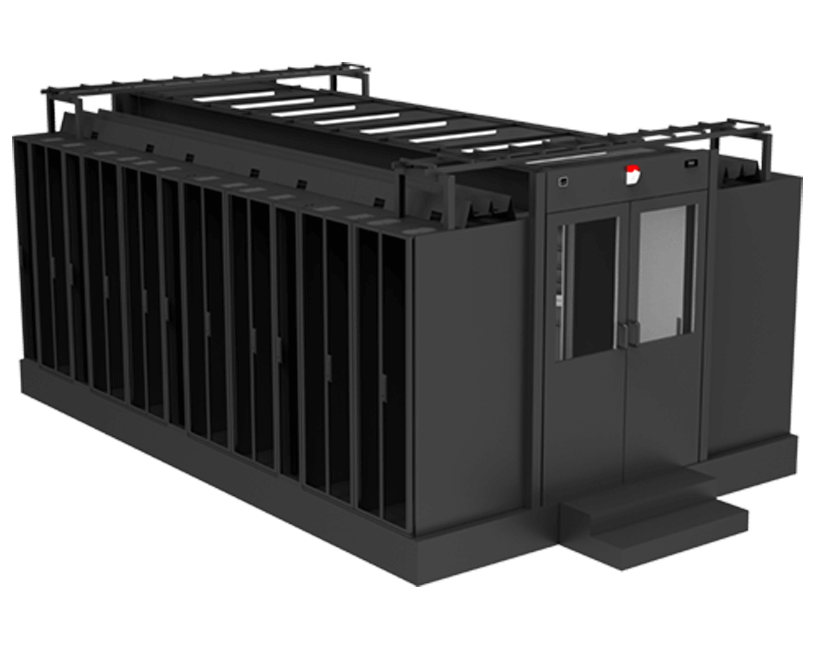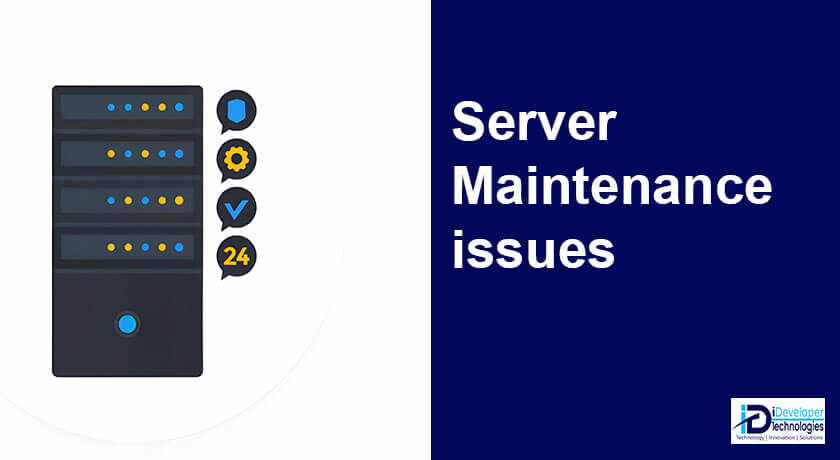Servers are the backbone of modern IT infrastructure, providing essential services and resources for businesses…

Data Center Containment unit All you need to know
In the world of data centers, energy efficiency and reliability are top priorities. One strategy that has gained popularity in recent years is data center containment.
This technique involves separating hot and cold air streams to reduce the amount of cooling needed to maintain a stable temperature and humidity level in the data center. In this blog post, we will delve into the concept of data room containment, including its benefits, types, and implementation.
Benefits of Data Center Containment
Data containment offers several advantages, including:
Energy Efficiency
By separating hot and cold air streams, the containment unit can reduce the amount of cooling required to maintain a stable temperature and humidity level. This leads to significant energy savings and reduced carbon emissions.
Read: Top 5 Data center equipment to consider for SMEs in Kenya
Improved Reliability
Data containment can improve the reliability of equipment by providing a stable environment with consistent temperature and humidity levels. This reduces the risk of equipment failure and downtime.
Enhanced Scalability
Data containment unit can improve scalability by allowing for more effective use of space and reducing the need for additional cooling equipment as the data center grows.
Types of Data Center Containment
There are two main types of containment unit: hot aisle containment and cold aisle containment.
Hot Aisle Data Containment
Hot aisle containment involves enclosing the hot aisles of a data center to prevent hot air from mixing with cold air. This is typically done using a roof or ceiling system, containment doors, and side panels. Hot air is then extracted through a chimney or duct system.
Cold Aisle Data Containment
Cold aisle containment involves enclosing the cold aisles of a data center to prevent cold air from mixing with hot air. This is typically done using a roof or ceiling system, containment doors, and side panels. Cold air is then delivered through a raised floor or duct system.
Implementation of Data Containment Unit
The implementation of containment unit involves several steps:
Assessment
The first step in implementing data center containment is to assess the current environment and identify any areas of inefficiency or opportunity for improvement. This includes identifying the types of equipment in the data center, the layout of the room, and the existing cooling and ventilation systems.
Planning
The next step is to develop a plan for data center containment that addresses the specific needs and challenges of the data center. This may involve selecting the appropriate type of containment, determining the best placement of containment doors and panels, and identifying any potential obstacles or challenges.
Installation
Once the plan has been developed, the installation of data containment unit can begin. This involves installing the necessary containment doors, panels, and other components, such as fans or ductwork. Careful attention must be paid to the placement of these components to ensure maximum efficiency.
Testing
After installation, it is important to test the effectiveness of the containment unit. This may involve monitoring temperature and humidity levels, airflow, and energy usage. This allows any potential issues to be identified and addressed before they can cause problems.
Maintenance
Finally, regular maintenance is required to ensure that unit continues to operate effectively. This may involve cleaning air filters, checking for leaks, and replacing worn or damaged components. Regular maintenance also allows for ongoing optimization of the system to ensure maximum efficiency.
Conclusion
Data center containment is an effective strategy for improving the efficiency, reliability, and scalability of data centers. By separating hot and cold air streams, the data containment reduces energy usage and improves the performance of data center equipment. The two main types of containment are hot aisle and cold aisle, and the implementation process involves assessment, planning, installation, testing, and maintenance. By implementing containment unit, organizations can improve their data center operations and achieve significant cost savings over time.



